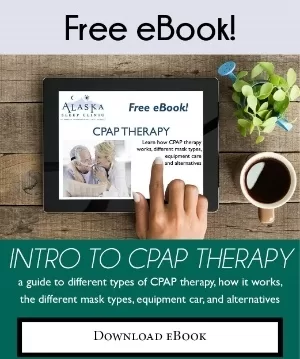
Arthritis, a condition affecting millions, isn’t just about joint pain; it’s a complex disease that significantly impacts overall health, particularly sleep. In 1972, at the urging of the Arthritis Foundation, the government designated May as National Arthritis Month — a special time to emphasize research, service and education around arthritis, and to raise funds to support the cause. Every May since then, National Arthritis Month has been marked by efforts to bring public attention to the disease affecting 1 in 4 U.S. adults and juveniles.
Understanding Arthritis
Contrary to popular belief, arthritis isn’t solely a disease of the elderly; roughly two-thirds of those living with arthritis are under 65. With over 100 different types of arthritis and related rheumatic diseases, it’s a widespread issue. As the leading cause of disability in the U.S., arthritis incurs over $300 billion annually in medical costs, lost wages, and associated expenses.
Nearly 26 million individuals with arthritis in the U.S. struggle with daily activities, from walking to household chores and social interactions. Rural areas are disproportionately affected, with 1 in 3 adults experiencing arthritis and over half reporting limitations due to the condition. Additionally, 1 in 3 adults with arthritis are physically inactive, report fair to poor health, and experience severe joint pain.
When to Seek Help
Early diagnosis is key to managing arthritis effectively. If you’re experiencing persistent joint pain, it’s time to consult your primary care physician. They may refer you to a rheumatologist or orthopedist for specialized care. Common symptoms include:
- Stiffness: Joints may feel stiff, particularly in the morning, after periods of inactivity, or following exercise.
- Swelling: The area around the joints may appear red, puffy, or warm to the touch.
- Joint pain: This can range from mild discomfort to severe, debilitating pain.
- Reduced range of motion: Difficulty moving a joint through its full range of motion.
- Tenderness: Sensitivity to touch around the affected joint.
- Heat or warmth: A feeling of warmth near the joints.
- Skin discoloration: Changes in skin color around the affected joints.
Understanding these symptoms is the first step towards seeking appropriate medical care and developing a management plan.
Linking Sleep to Arthritis
Studies reveal that up to 80% of individuals with arthritis experience sleep disturbances. Poor sleep can exacerbate pain, negatively impact mood, and hinder overall health.
Inflammation plays a significant role in arthritis, contributing to tissue damage and joint degradation. Adequate sleep can help regulate inflammatory processes in the body. As stated by the Arthritis Foundation, “No matter what type of arthritis you have, we always first recommend lifestyle changes to help you reduce the amount of inflammation in your body.” This includes sleep, diet, and exercise.
Sleep also improves mood and pain tolerance. Quality sleep promotes brain restoration, enhancing overall body function and reducing the risk of depression, brain fog, and chronic pain. Poor quality sleep can disrupt the central nervous system’s pain management pathways, potentially worsening joint pain and increasing the risk of disability.
It’s important to recognize that stressing about sleep can worsen sleep quality. Instead, focus on creating a conducive sleep environment and adopting healthy sleep habits.
Strategies for Better Sleep with Arthritis
Improving sleep quality can significantly enhance pain management and overall well-being for individuals with arthritis. Here are some practical tips:
- Create a Relaxing Bedtime Routine:
Engage in calming activities before bed, such as taking a warm bath or shower, reading, or listening to soothing music. - Support Sore Joints:
Use pillows to support painful joints and find comfortable sleeping positions. A microwavable heat pad can also help soothe sore areas. - Gentle Movement and Stretching:
Light stretching or yoga before bed can help relax muscles and improve flexibility. However, avoid vigorous exercise close to bedtime, as it can interfere with sleep. Research indicates that those who achieve 150 minutes of moderate to vigorous exercise a week are 65% less likely to feel tired during the day. - Manage Pain:
Work with your doctor to develop a pain management plan that includes appropriate medications and therapies. - Dietary Choices:
Eating a healthy diet rich in fresh fruits and vegetables can help reduce inflammation and improve overall health, contributing to better sleep.
If lifestyle changes and home remedies don’t improve your sleep, consider consulting a sleep specialist. An overnight sleep study, conducted at a sleep lab like the Alaska Sleep Clinic, can help diagnose underlying sleep disorders such as sleep apnea, restless legs syndrome, or sleepwalking.
During a sleep study, electrodes monitor brain activity, heart rate, eye movement, and breathing patterns throughout the night, providing valuable insights into sleep quality and potential issues. Connect with us today for your free consultation.











